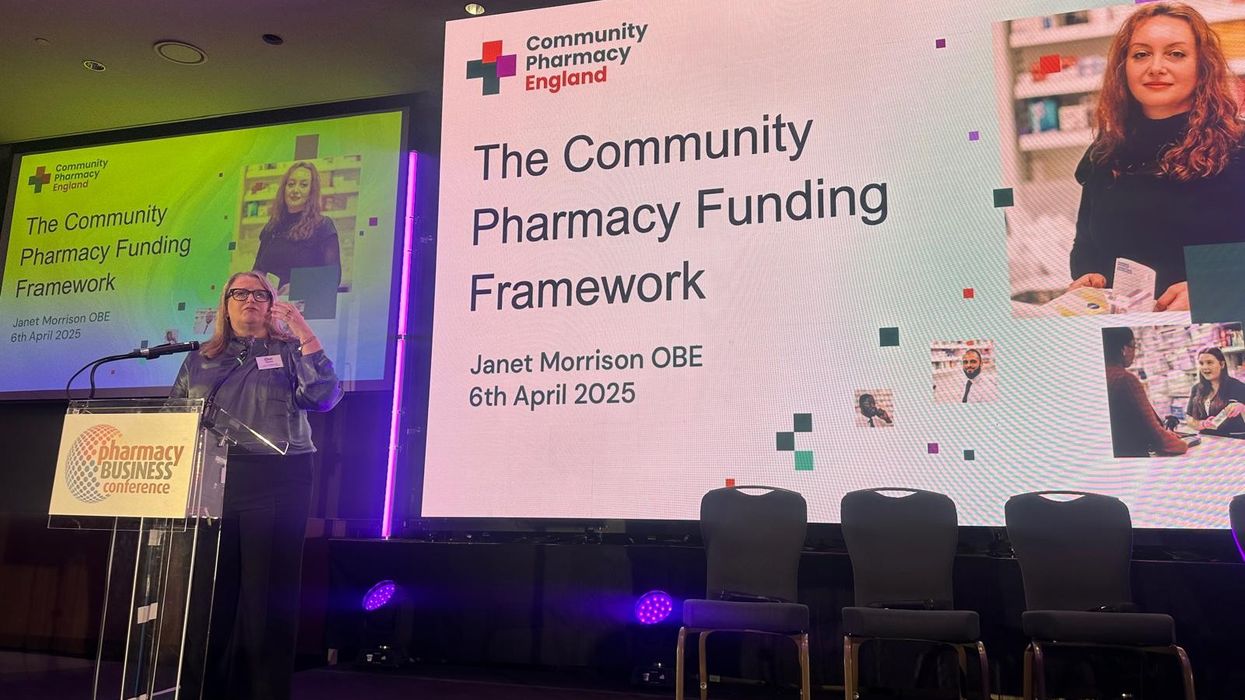All of these streets are in London, with an average house price of £14.5 million
Grosvenor Square in Mayfair is Britain’s most expensive street, with an average price tag of over £20 million, according to Halifax’s 2023 rankings.
If you’re considering to buy a house in the square, which is part of the Duke of Westminster’s property empire, you will have to pay about £20.35 million.
The street, known for its Georgian townhouses, is also the hub for some of the best pharmacies including Boots, Lloyds, Gould, Nelsons, D R Harris & Co, Wigmore, Prince, and CE Harrod.
Clarendon Road in Notting Hill and Knightsbridge, the home for Harrods, took second and third spots in annual Halifax rankings, boasting an average house price of just under of £20 million and £19.95 million respectively.
With an average price of £14.5 million, all of the top 10 most expensive streets are in London, and most are these are within the W1 postcode.
London’s rental prices hit record highs this year, with the average asking rents for tenants moving to the capital reaching £2,567 a month, as revealed by the UK’s property website Rightmove.
Kim Kinnaird, mortgages director at Halifax, the high street lender, told The Times that house prices in London will continue to increase.
The most expensive properties in the UK are almost 72 times more expensive than the typical house price in the country, which is at about £283,000.
Halifax also listed top ten most expensive streets outside of London, which are, on average, £10 million cheaper than their equivalents in the city.
One will have to spend over £9 million to own a house in Weybridge, Surrey, on East Road, which is ranked the most expensive street outside London.
In comparison, the streets in Wales had much lower price tags, with The Times’ report indicating an average price of £1,345,000 for the most expensive house in the Principality, located on Benar Headland in Pwllheli, north Wales.
10 most expensive streets in the UK
As compiled by the publication, here are the names of the most expensive streets in the UK, along with the average house price recorded for 2018-2023.
Grosvenor Square: £20,347,000
Clarendon Road: £19,963,000
Knightsbridge: £19,949,000
Phillimore Gardens: £19,113,000
Ilchester Place: £17,678,000
Grosvenor Crescent: £16,397,000
Ashburton Place: £15,048,000
The Little Boltons: £14,925,000
Chepstow Villas: £14,775,000
Chelsea Square: £14,666,000



















